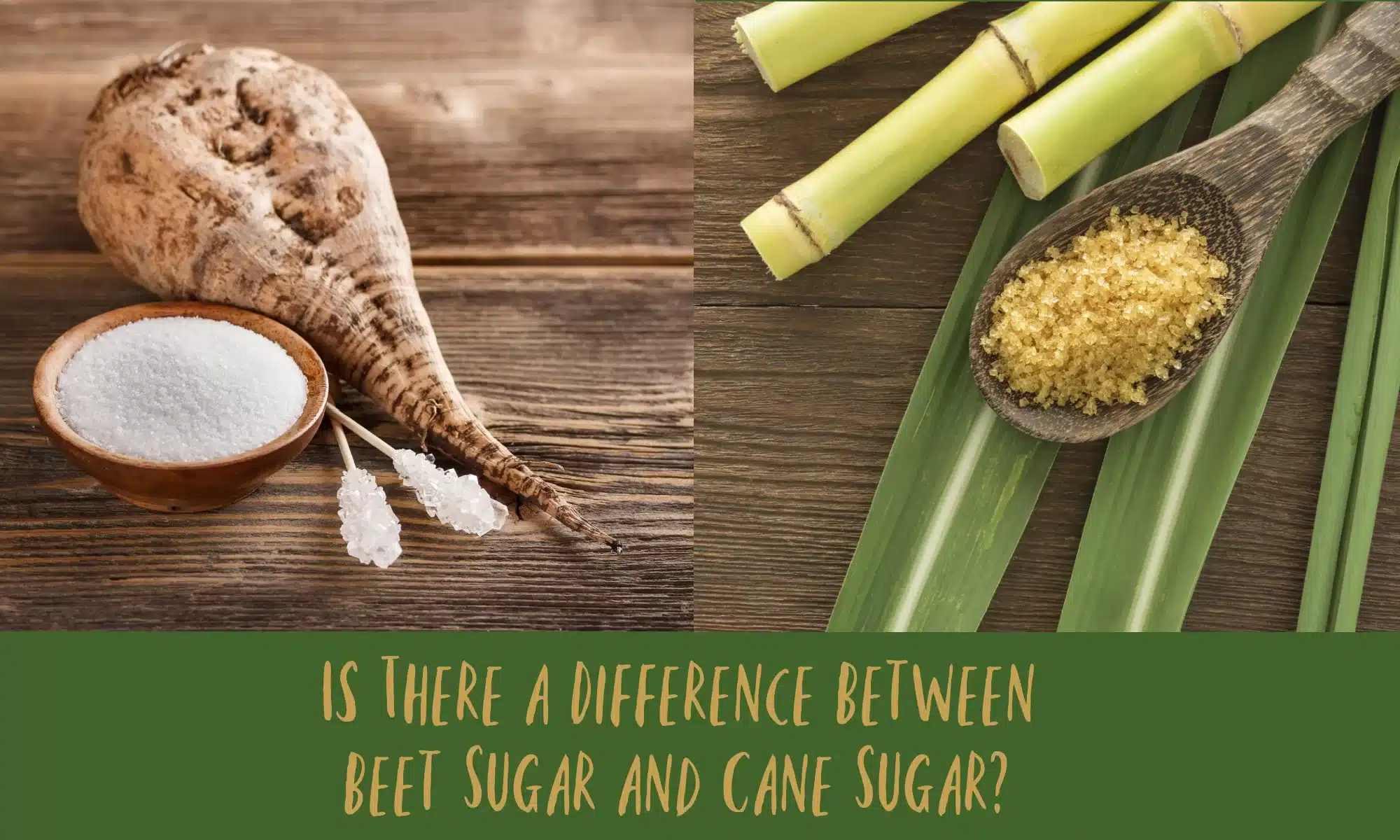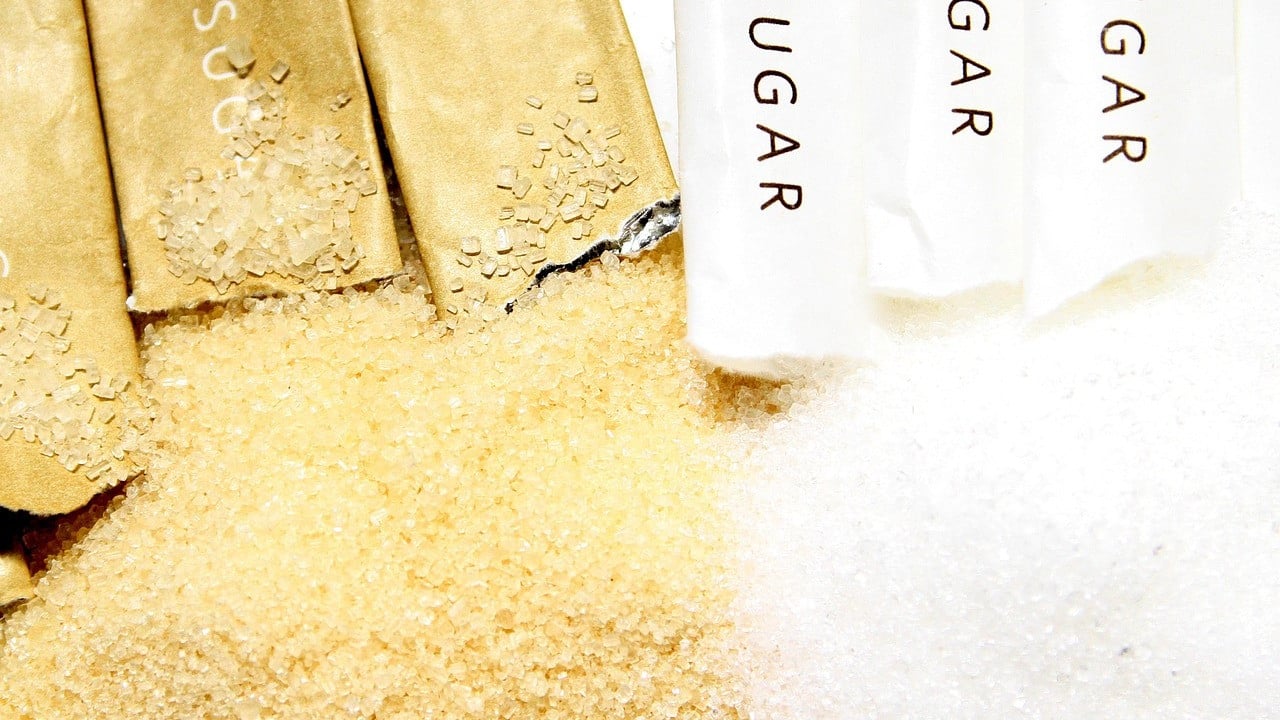The choice between beet sugar vs cane sugar can influence the flavor profile of certain dishes.
The choice between beet sugar vs cane sugar can influence the flavor profile of certain dishes.
Blog Article
Discovering the Differences in Uses and Benefits Between Beet Sugar Vs Cane Sugar
In the cooking globe, the option between beet sugar and cane sugar is not just concerning sweetness yet includes a nuanced factor to consider of flavor, application, and effect. While both sugars stem from different plants, each undertakes unique production processes that subtly affect their characteristics and viability for different meals.
Origins and Production Procedures of Beet and Cane Sugar

Cane sugar, on the various other hand, comes from the sugarcane plant, an exotic turf indigenous to Southeast Asia yet now grown in exotic areas worldwide - beet sugar vs cane sugar. The production of cane sugar begins with the harvesting of cane stalks, which are squashed to launch the juice.

Nutritional Material and Wellness Considerations

When contrasting the nutritional content of beet sugar and cane sugar, it becomes apparent that both kinds essentially provide the exact same caloric worths, with about 16 calories per tsp and no substantial nutrient diversity. Each is composed practically totally of sucrose, which is a straightforward carbohydrate that uses fast power however does not have vitamins, minerals, or fiber. This similarity expands to their effect on health and wellness, especially worrying blood glucose levels. Both sugars, when consumed over, can add to raised blood sugar levels, a danger variable for diabetic issues and various other metabolic problems. Moreover, extreme consumption can cause weight gain and oral problems, as both sugars are just as cariogenic, advertising dental cavity. From a wellness perspective, regulating intake of any kind of sort of sugar, whether from beet or cane, is a good idea to avoid these prospective negative impacts on health. Thus, neither holds a distinct advantage over the various other in regards to wellness benefits.
Flavor Accounts and Culinary Applications
In spite of their similar chemical frameworks, beet sugar and cane sugar differ discreetly in taste, which can influence their usage in different cooking contexts. Walking stick sugar commonly carries a tip of molasses, even in its polished type, providing a cozy, caramel-like undertone that improves baked items, coffee, and chocolate-based recipes. This minor molasses flavor is particularly valued in the baking market for adding depth to sweets and pastries. On the other hand, beet sugar is characterized by its highly refined, neutral taste, making it a functional sugar that does not modify the taste accounts of meals. This neutrality is specifically useful in delicate dishes, such as light breads, creams, and some sauces, where the intrinsic flavors of various other active ingredients are planned to stand apart. Chefs and food makers could select one type of sugar over the various other based on the wanted taste outcome of their cooking developments.
Environmental Effect and Sustainability
While both beet and cane sugars are stemmed from plants, their environmental effects vary significantly as a result of the unique site link methods of cultivation and processing needed for each. Sugar beet cultivation frequently includes comprehensive mechanization, which can boost nonrenewable fuel source consumption and carbon discharges. Beetroots can be grown in cooler climates and require less watering, possibly reducing water use contrasted to sugarcane. Sugarcane, on the various other hand, is commonly expanded in exotic areas where it relies heavily on irrigation and a much longer growing duration, increasing its water footprint.
Furthermore, the handling of sugarcane frequently generates a considerable quantity of waste, consisting of bagasse, which, although usable as biofuel, often adds to air pollution if shed inefficiently. Sugar beet processing utilizes even more of the raw products, causing less waste. Both industries deal with obstacles in decreasing their environmental footprints, but ongoing developments in agricultural methods and waste management are aiming to boost sustainability.
Economic Elements Influencing the Sugar Industry
The financial characteristics of the sugar industry are considerably affected by international market demands and profession policies. Elements such as tariffs, aids, and worldwide trade contracts play critical roles fit the affordable landscape. In areas where sugarcane or sugar beet manufacturing is subsidized, manufacturers might have an economic benefit that allows them to supply lower prices on that site the international market. This can produce variations in profitability and market accessibility for producers in nations without such aids.
Furthermore, changes in global need for sugar, affected by dietary trends and industrial usage in food products, directly impact prices and manufacturing levels. beet sugar vs cane sugar. Weather additionally play a crucial role, as they can considerably affect crop returns and, consequently, the supply chain. This variability introduces a degree of financial unpredictability that can bring about financial investment volatility in sugar production markets, influencing choices from planting to market technique
Conclusion
Finally, both beet and cane sugar have special top qualities that match different culinary needs. While cane sugar conveys an abundant taste ideal for boosting baked try this items, beet sugar's nonpartisanship is excellent for lighter dishes. Nutritional resemblances regardless of, their unique manufacturing procedures and ecological impacts include intricacy to the choice in between them. Thus, recognizing these distinctions aids cooks and customers make notified choices that line up with their health and wellness, culinary, and honest preferences.
Report this page